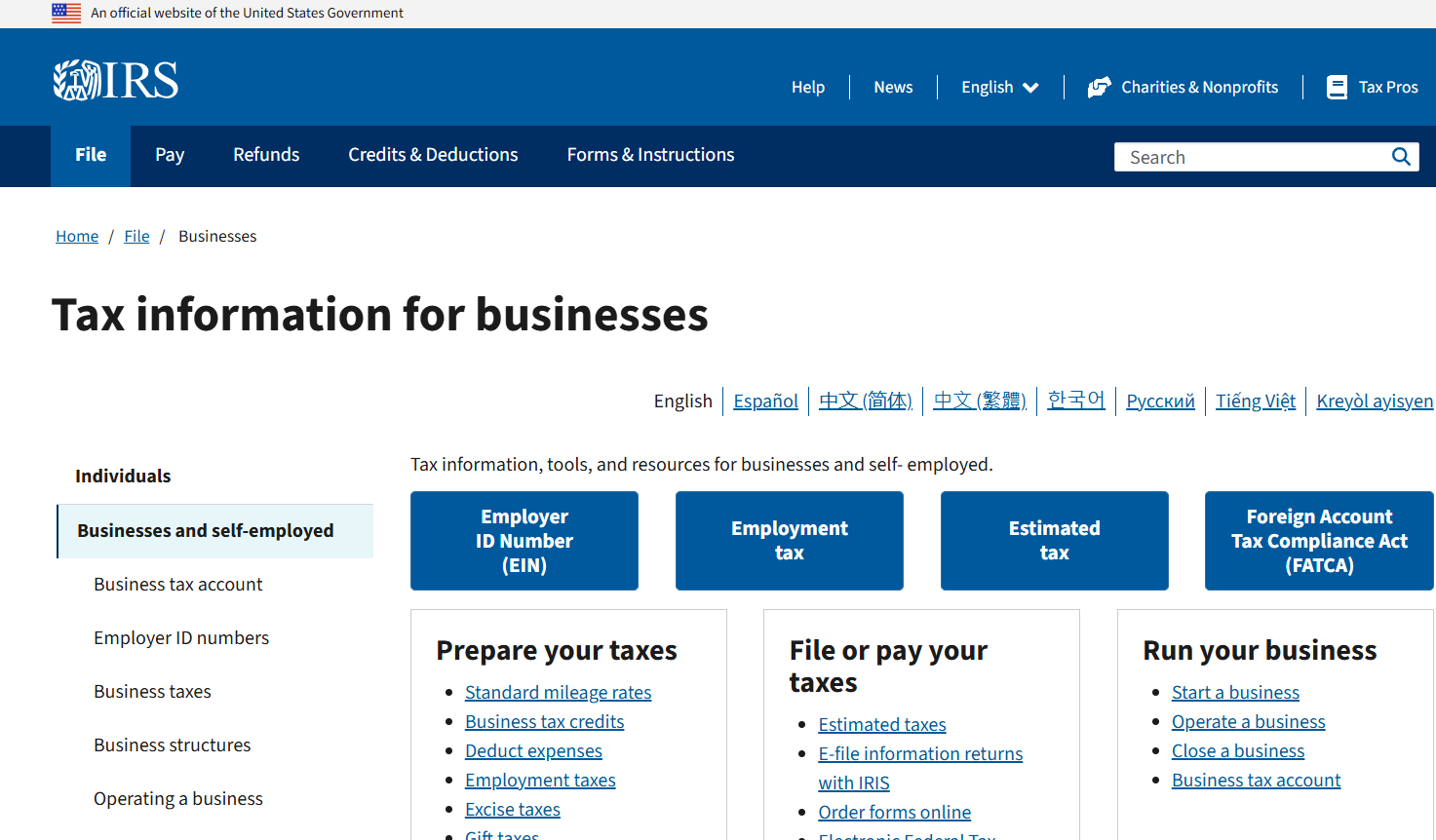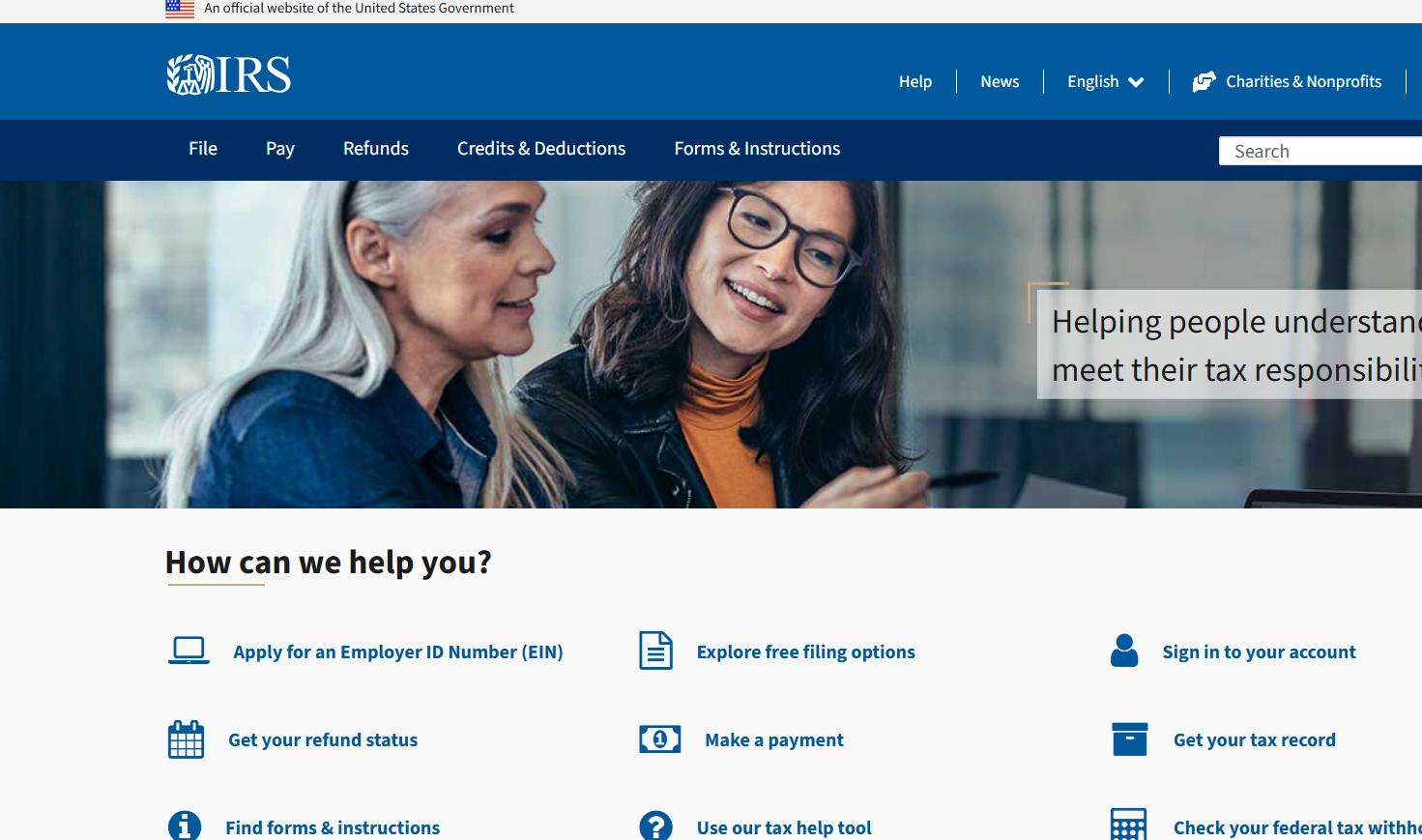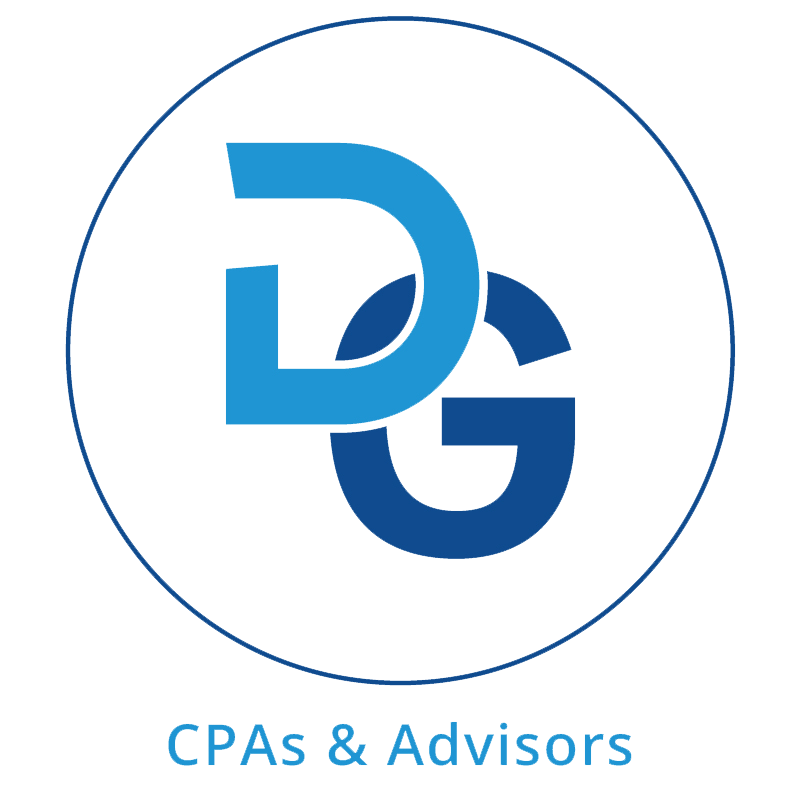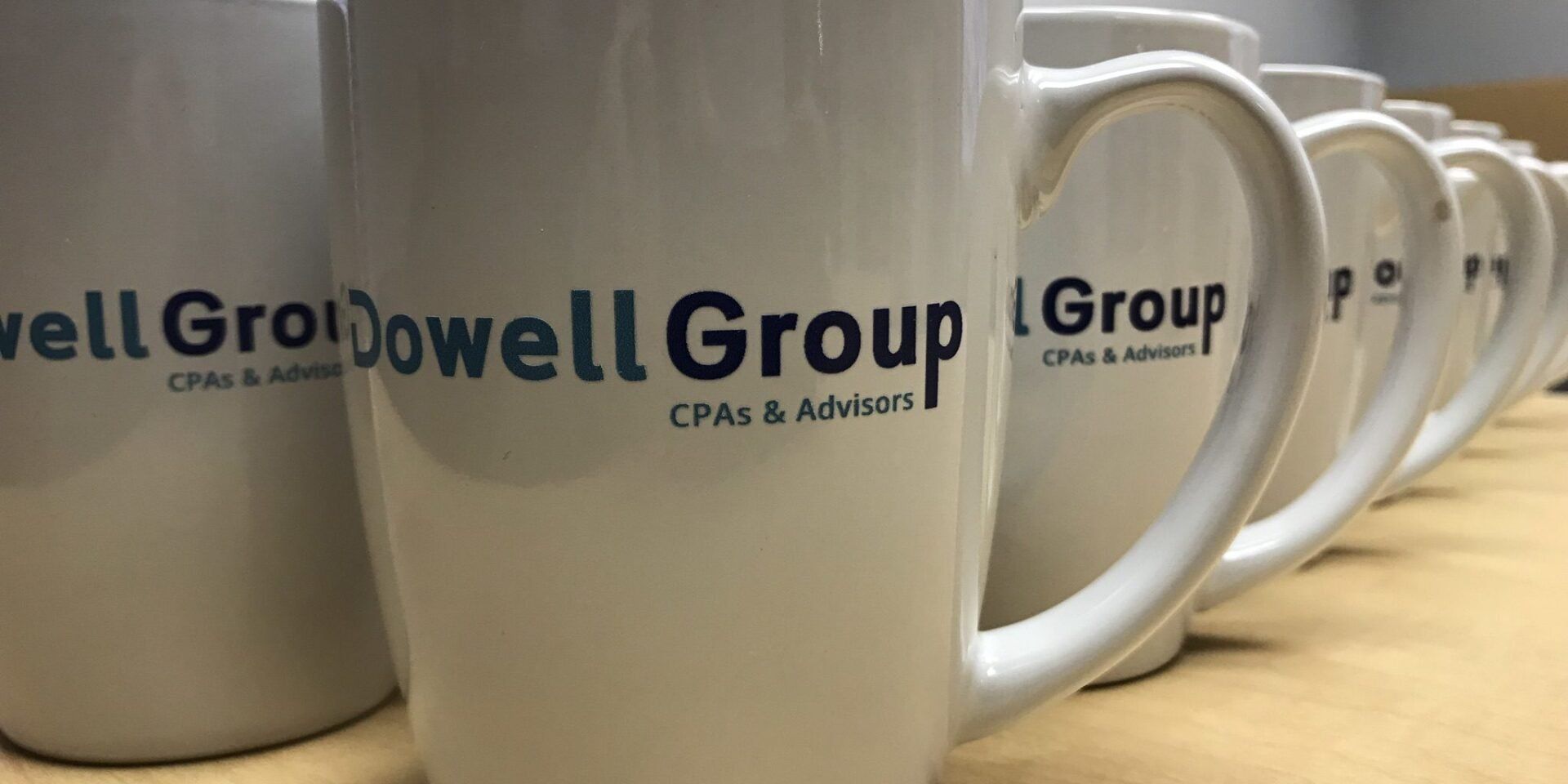Understanding Risk – Director’s and Officer’s Insurance

by Gregory S. Dowell
For those who harbor superstitions, writing an article about risk on the day of Friday the 13th might seem to be ill-advised. On the flip side, perhaps there is no better day to consider the issue than on a date famously associated with bad luck.
Many of us join boards of charitable organizations or nonprofits so that we can serve a cause that is important to us. Sure, your business may also encourage such participation or you may want to bolster your resume as well but, in the end, the vast majority of us choose to serve because we care. In virtually every case, service on a board comes without monetary compensation. It is a surprise, then, for many people when they consider that they can actually be sued for their actions when serving on a nonprofit or charitable board. In such a situation, it would be the exact opposite of compensation, in that a board member ends up paying for the pleasure of serving for no monetary compensation.
Depending on the nature of the entity’s underlying work, the risks of serving on a board can be very real. Consider, for instance, a board member who might serve on the board of an organization that builds houses for the homeless. Many things can go wrong in the building of a home, and construction is an inherently dangerous business. If someone is injured or killed at the work site, it could be quite likely that a board member could be sued for damages.
Recognizing these risks, director’s and officer’s insurance (commonly called D & O insurance) is offered by some insurance carriers and can be purchased by a board to protect its members. While the insurance premiums may not be expensive when compared to the potential risks, bear in mind that the entity asked to pay for the premiums is probably operating on a very tight budget. Regardless of the budget, however, those who serve on nonprofit and charitable boards must consider their exposure. Realistically, even a very small organization may want to prioritize this payment, even if it means that board members individually agree to chip in from their own savings to pay for the premium.
To determine if D & O insurance is necessary, a board should reflect on its inherent risks and the risks of the organization. Before agreeing to serve on a board, an individual should stop and consider the risks. The more one knows about the organization and how it operates, the better. These are be some issues to consider:
- What does the organization do – from a granular level on up? What other entities or businesses are involved in the business processes of the organization? Is the underlying nature of the organization’s mission fraught with risk?
- Does the organization have strong leadership and a board that is involved? A strong leader with a weak board can be a recipe for disaster.
- Does the board meet regularly and maintain good records of its activities?
- Does the organization and the board insist on good internal controls over its financial functions? Are duties segregated as best as possible, and is there reasonable oversight of the accounting and banking functions?
- Is the organization in compliance with its Federal and State tax filing requirements? Is the organization properly registered with the State’s governing body (often, the Attorney General or the Secretary of State)? Has the organization complied with the need for a certified audit of its financial statements?
- Will you allocate the necessary time to execute your responsibilities and to be involved at an appropriate level?
- Does the volunteer work put you in a potential conflict position with any other volunteer work you do, or perhaps with your business interests or your employer?
- Does the board have D & O insurance and, if not, why not?
Serving on a board can be fulfilling, perhaps even life-changing. Most importantly, it can be incredibly rewarding from a personal standpoint. It is an important obligation and should not be lightly undertaken. That said, most of us need to consider the risk of service and determine if we want to accept that risk. Just as we accept that we buy house insurance to protect our homes and property, life insurance to protect our loved ones, and health insurance to protect our health and our wealth, we should also consider the need to buy D & O insurance if we choose to serve on a board.










